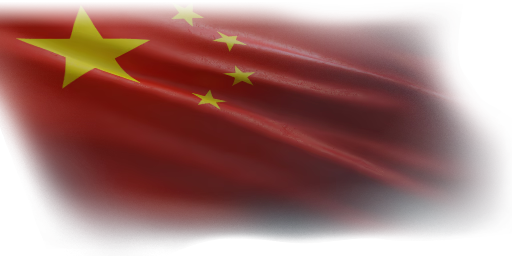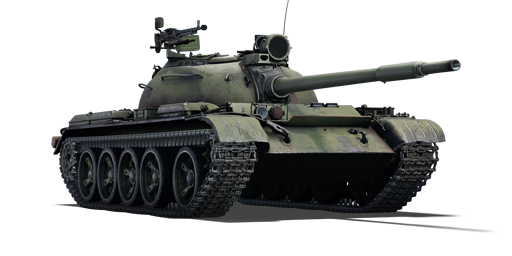



The Type 69 (Chinese: 69式中型坦克; industry code WZ121) was the first batch of 100 tanks produced as a domestic replacement for the previous Type 59 tanks, incorporating some domestically upgraded components inspired by the Soviet T-62. The plan to develop a completely indigenous tank emerged following the deteriorating Sino-Soviet relationship. The new tank was proposed in 1963 to supersede the aforementioned Type 59, and development commenced in 1965. However, the subsequent Cultural Revolution significantly hampered progress. Chinese engineers eventually acquired T-62 No.545 from Soviet Border Troops, and numerous parts from this tank influenced their design revisions. The WZ121 ultimately received certification in 1974, featuring a new diesel engine, FCS, and the infamous 100 mm smoothbore cannon. Due to the underwhelming performance of the cannon and flaws uncovered during trials, these 100 tanks were soon returned to Factory 617. The only known surviving example is stored in the former China Tank Museum (now closed). The subsequent Type 69-II, equipped with a rifled 100 mm cannon, ultimately became the recognised Type 69 in service and the Type 69-IIa proved to be the bestselling Chinese medium tank during the 1980s.
The Type 69 was introduced in Update 1.91 "Night Vision" alongside the initial Chinese tech tree. At first glance, it resembles its predecessor, the Type 59. However, closer inspection reveals distinct features: the placement of the IR spotlight directly above the gun mantlet (Soviet tanks position it to the side), a laser rangefinder beside it, and a unique fume extractor near the barrel's tip. It can be considered a hybrid of the Soviet T-55A and T-62. Like the former, it boasts improved mobility and gun handling compared to the original Type 59. Like the latter, it features a smoothbore cannon firing HEATFS and APFSDS rounds. Incorporating some of China's first indigenous technologies, it also boasts night vision, a two-plane stabilizer, and a laser rangefinder – features absent in both the T-62 and T-55A. Players transitioning from the Type 59 will appreciate the Type 69's enhancements, no longer enduring glacial turret rotation speed, single-plane stabilisation, or the lack of night vision.
Firepower is a mixed bag, at best a sidegrade, at worst a downgrade. Both tanks utilise HEATFS, but while the Type 59 employed APHE rounds for guaranteed knockouts against lightly armoured vehicles like the Leopard 1, the Type 69 possesses a subpar APFSDS round instead. No extraordinary performance should be expected from its gun. The Type 69 is succeeded by the ZTZ-59D1, which boasts significantly improved firepower and protection but reverts to the Type 59's less desirable gun handling and weaker engine.
| Ammunition | Type | Armor penetration (mm) at a distance: | |||||
|---|---|---|---|---|---|---|---|
| 10 m | 100 m | 500 m | 1000 m | 1500 m | 2000 m | ||
| APFSDS | 218 | 214 | 197 | 176 | 155 | 135 | |
| HE | 26 | 26 | 23 | 19 | 17 | 17 | |
| HEATFS | 390 | 390 | 390 | 390 | 390 | 390 | |
| Belt | Belt filling | Armor penetration (mm) at a distance: | |||||
|---|---|---|---|---|---|---|---|
| 10 m | 100 m | 500 m | 1000 m | 1500 m | 2000 m | ||
| API-T/IAI/API-T/AP-I(c) | 34 | 32 | 24 | 17 | 12 | 8 | |
| Belt | Belt filling | Armor penetration (mm) at a distance: | |||||
|---|---|---|---|---|---|---|---|
| 10 m | 100 m | 500 m | 1000 m | 1500 m | 2000 m | ||
| AP-I/API-T | 13 | 12 | 7 | 3 | 2 | 0 | |












Mobility | |
|---|---|
Protection |
|---|
Firepower | |
|---|---|